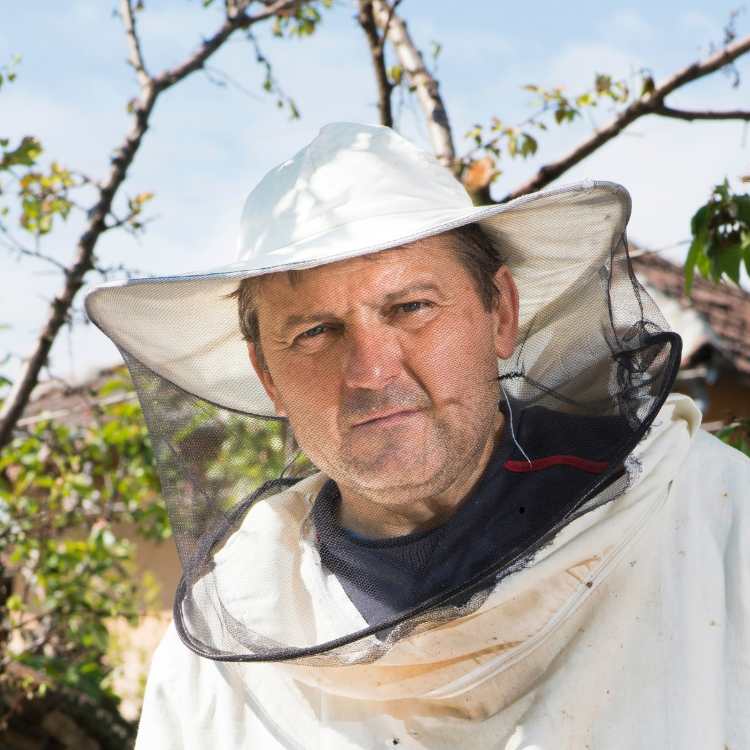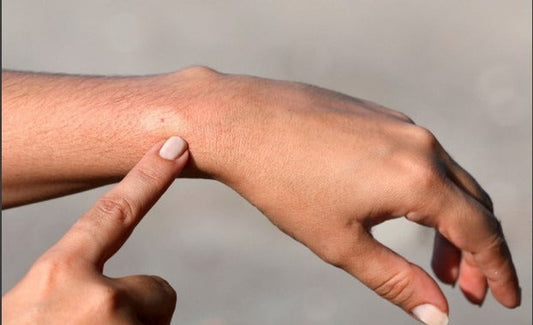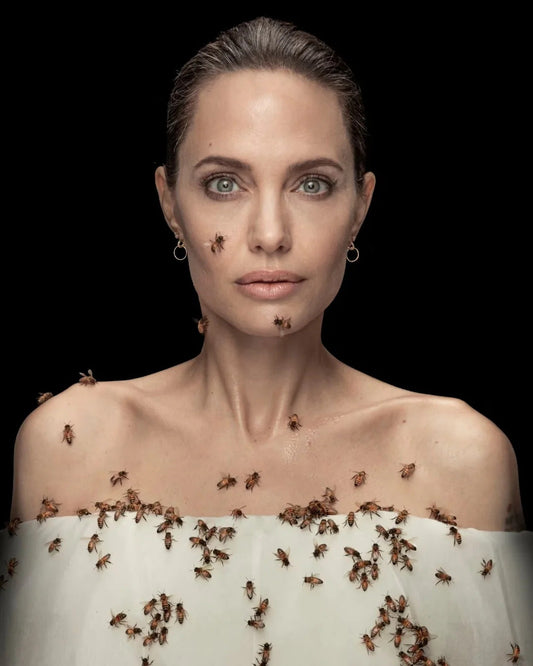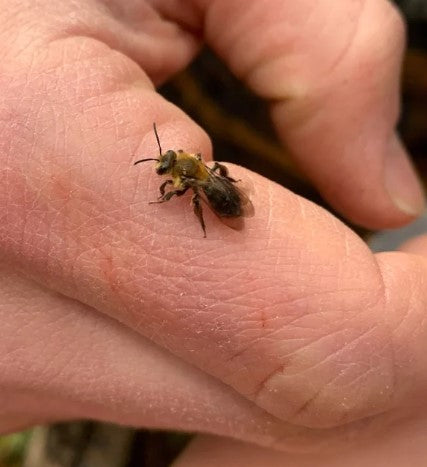Being a proud beekeeper with wonderful decades of managing and working with bees, I am no stranger to bee bites or stings. Many people dread it. But here’s the truth. Bees don’t bite in the way many think they do. Instead of biting, bees sting. Still, the term bee bite has become a common way to describe that sudden, sharp pain we feel when a bee injects venom into the skin.
So, what actually goes on behind your skin during a bee bite? How does your body react to it? And how do you respond? Knowing what to do can make all the difference between panic and calm control. Here is everything you need to know.
What happens during a bee bite (sting)?
When a bee feels threatened, it will rush to defend itself with its stinger. After all, it is self-defense. The stinger of a bee is a modified ovipositor, which it uses to pierce the skin. The stinger of a worker bee is barbed; therefore, when it stings, the stinger will get stuck in the skin and continue to release venom even after the bee flies off.
The result? Excruciating pain, swelling, and inflammation near the site of the sting. Every “bee bite” releases a mix of proteins that attack the skin’s cells and stimulate the immune system, which causes the characteristic burning sensation.
But it is important to note that bees do not attack without reason. They sting only when they feel their colony or queen is under threat. Or if you corner one. To stay safe, you need to first understand how bees react to your movement. Calm handling, slow movement, and minimal perfume or strong scents can reduce the chances of provoking bees.

What happens after a bee bite?
The human body reacts differently depending on sensitivity to venom. Most bee bite incidents cause mild, short-term discomfort, but the reactions can vary. The three main response levels include:
Mild reaction:
- Immediate sharp pain and redness
- Slight swelling and localized warmth
- Symptoms fade within a few hours.
Moderate reaction:
- Swelling continues and increases over a day or two
- The site may become itchy or tender
- Recovery usually takes several days
Severe reaction (anaphylaxis):
- Difficulty breathing, dizziness, or swelling in the face or throat
- Rash, nausea, or chest tightness
- Requires urgent medical attention.
What to do after a bee bite
Timing is critical after a bee sting. The venom sac keeps pumping venom even after the bee flies away or dies. So, it becomes very critical that you remove the stinger as fast as possible to prevent more doses of venom from entering your skin.
Here is the right way to handle it:- Stay calm and move away from the hive or area immediately.
- Look for the stinger. It is usually a tiny dark point sticking out of the skin.
- Scrape it off gently. You can use your nails or a card to do this. Tweezers should not be used, as squeezing the sac injects more venom.
- Wash the affected area with soap and water.
- Apply a cold compress to limit swelling and soothe the pain.
- If pain persists, use mild over-the-counter pain relief or an antihistamine.

Do you need medical help?
The majority of bee bite instances heal on their own. Only a handful of such cases will require urgent care. If you or someone nearby has difficulty breathing, rapid swelling, vomiting, or is losing consciousness, it is possible that it is anaphylaxis. Use an epinephrine injector if available and call emergency services. Quick medical response is critical in such extreme cases.
How do I avoid getting stung by a bee?
Working with bees daily, and one thing I learned is that prevention starts by understanding their instincts. Bees respond strongly to vibration, scent, and sudden motion. Keeping these points in mind reduces the risk of a bee sting:
- Avoid bright colors and strong floral fragrances when outdoors.
- Cover sweet foods and drinks that attract bees.
- Stay still if a bee hovers near you. Quick movements are the easiest way to alarm them.
- Keep garbage lids closed, as food waste attracts insects.
- If you are a beekeeper or thinking of becoming one, always invest in the best beekeeping suits and approach your hives calmly.
The takeaway?
So, is a bee sting dangerous? Generally speaking, no. It definitely hurts and, yes, bee stings can certainly be bothersome. But it's manageable because proper first aid and mindfulness can help. Each sting teaches us more about these remarkable insects and their delicate balance with our world.
Bees are not out there looking to pick a fight. What they need is our protection. We need to protect them.For more such fun insights from the amazingly intricate world of bees, consider following my full blog here for more information.





